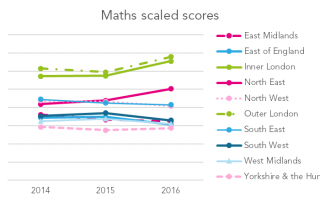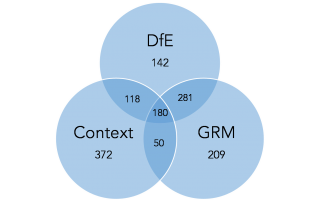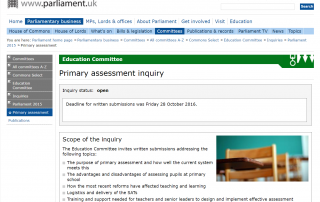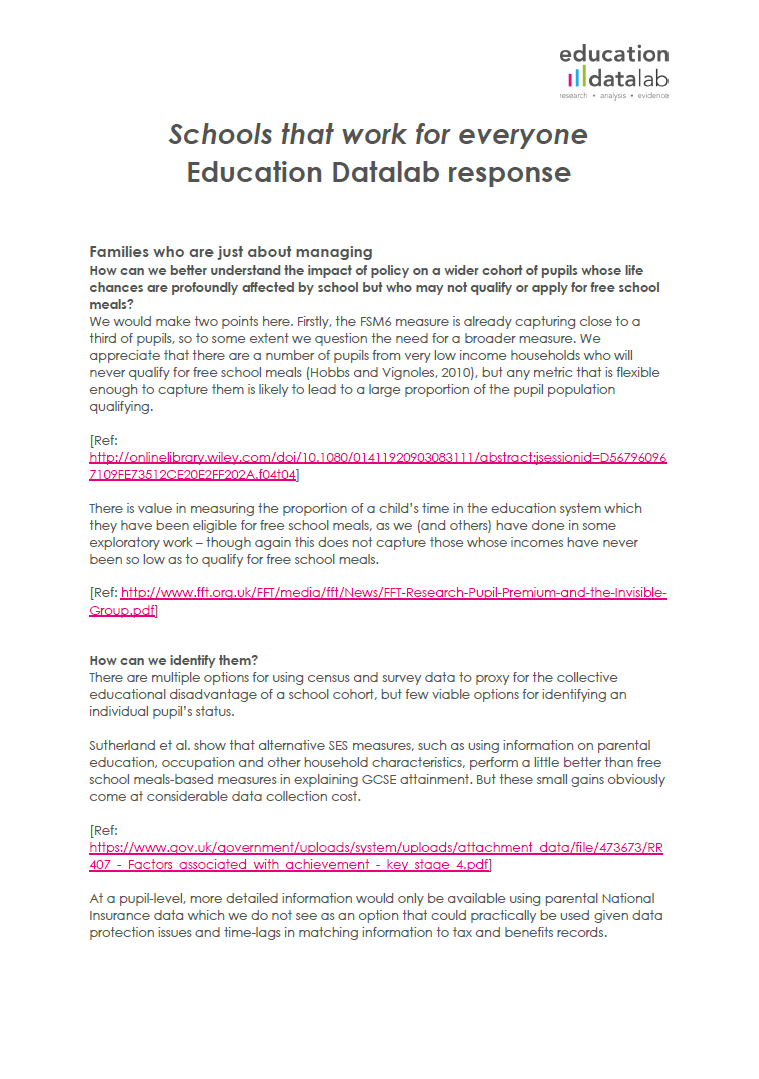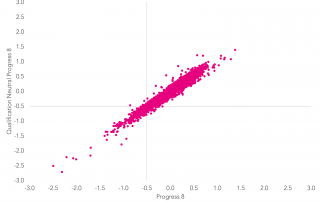KS2 performance tables 2016: Primary schools in the North East are pulling away from the pack
A decade ago, the proportion of 11-year-olds reaching expected standards did not vary much across the regions - except for a little place with an unfixable education system called Inner London. The lines in blue on the chart below show that most regions had just over 70% of pupils meeting the expected standard at that [...]

